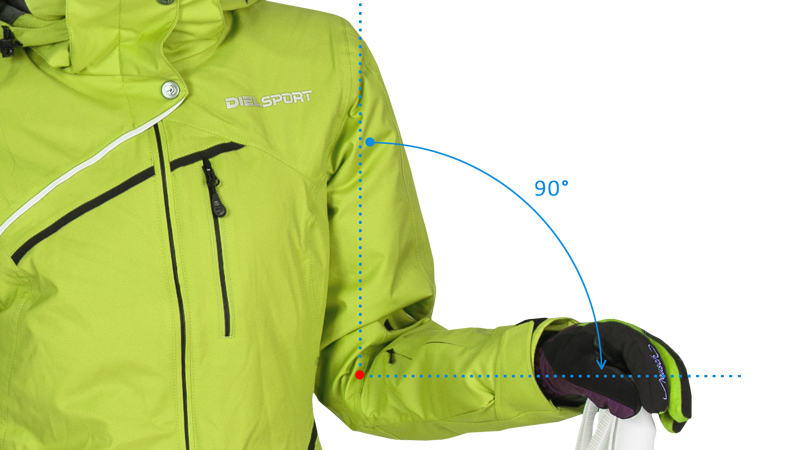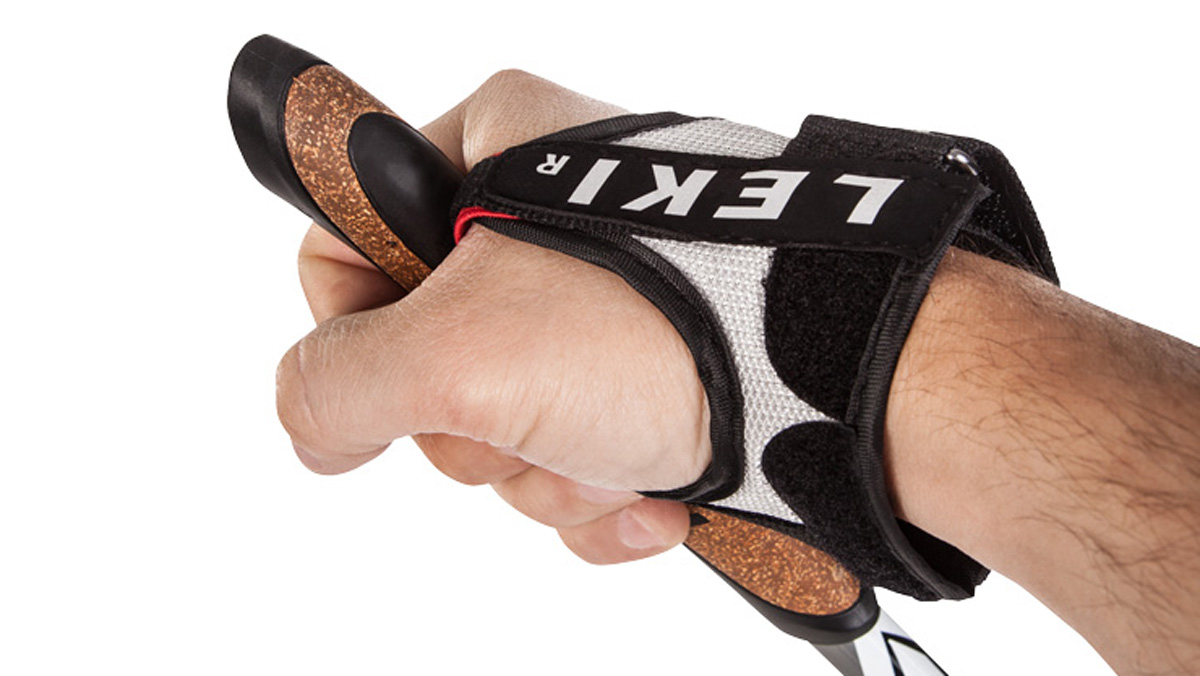Choosing Ski Poles
The most important parameters of ski poles are their length, flexibility and elasticity. The use of ski poles varies, and it is individual. When choosing, focus on the length, material and the use.
How to choose the right length?
- to get the optimal lenght, subtract 50 cm from your height
- when standing, grab the pole upside down under the ring - your wrist should be horizontal or slightly bent down

Take the pole handle and the strap into consideration as well
Plastic handles are cheap and make the pole affordable, however they are shapeless and often slippery in the gloves. The strap is made of ordinary nylon fibres and the buckle is from plastics.
Handles from soft material can be found in more expensive sport poles. Thanks to the soft rubber, they fit in the glove perfectly. More expensive models possess higher quality straps (padded and with grip).
What material are the poles made of?
The tubes are usually produced from aluminium alloy. The material of the highest solidity is marked as 7075 (F65-55). Less solid material is labelled 5083 (F50-45) and the least solid one is labelled 5086 (F38-40). Poles made of these alloys are mostly for recreational use. Some poles are made of aluminium mixed with composite, these are however more expensive.

How to choose ski poles for kids?
When kids learn to ski, most of them do not need to use poles at all. Initially, it is important to learn how to control the skis, poles could create unnecessary obstacles and cause falling and the risk of injury, that is why it is important not to rush anything. Ski poles are essential only if the child has balance issues, in that case they can be helpful in gaining confidence.
After a child masters snowplough turns, it is ready for the poles.
The shortest poles are 70 cm long, manufacturers also offer adjustable (telescopic) ski poles which can "grow" with the child. Generally, the rules for choosing the right poles for kids are the same as for adults.
